
Datsun Z-based Velo Rossa build
As Told by Tim Mullikin
Photos by Steve Temple
The journey of my Velo Rossa Spyder began way back in 1992 when I read an article in a kit magazine entitled “Italian, For Fast.” It told the story of John Washington of Mesa, Arizona, who was building a beautiful convertible version of the 250 GTO (which was only ever built as a coupe) using a Datsun Z-car platform. He called it The Velo Rossa Spyder, which translates to “fast, red Spyder.” I was awestruck by this beautiful car and the possibility that I might be able to drive one like it someday. So I immediately called him, and after a long and detailed conversation, started looking for a Datsun Z.
In December 1992 I purchased a 1974 Datsun 260Z for $200. The very next month, I purchased the Velo Rossa body package and starting tearing down the car. Once I had the car mostly stripped down, I delivered it to a friend, Don Morris, who owns a shop in Stockton, California.
A few weeks later, John delivered the kit himself, driving over from Arizona. He spent the day at the shop answering questions. He was very helpful throughout the entire 15-month build, and to this day, I periodically reach out to him with questions and to provide him with updates on the life cycle of the fast, red Spyder.
The car was built following John’s instructions with little variation. We installed a rebuilt L24 engine and four-speed transmission, dual downdraft Webers, six-into-two headers, glass packs and a custom X-pipe exhaust. In addition, the suspension was upgraded and Honda bucket seats were installed. We modified a set of Prime wheels by painting the center area for a more traditional style and wrapped them in tires from BFGoodrich Tires (265/50R15 rear and 215/60R15 front). I had told John of my intent to paint the car red, so he had already added red dye in the gel coat. The body kit was delivered red with almost nonexistent body mold lines.
At the end of the build, I was so excited to drive it that I couldn’t wait for paint. I began driving the car in the red gel coat pretty regularly. I loved it so much that I just couldn’t give it up long enough to get it painted.
Eventually, I decided I wanted to personalize the car a little. We inset the taillights and removed the rings. I also fiberglassed over the fuel door on the rear quarter panel, and turned the filler neck to inside the trunk. Lastly, I darkened the headlight covers and had the car painted Porsche Red.
Ever mindful of the car’s creator, I sent John pictures of all my modifications. The car continued to be driven weekly, weather permitting, as it is a full-time convertible.
Around 2004, I met Gary Cook at a car show where he was showing his Datsun 240Z race car. His company, Vintage Performance in Sacramento, California, specializes in Mustangs and Cobras, but he loves Datsuns. I told him of my car, and he said he was actually considering building one himself. Since that time, Gary has helped me with every modification to the car, several of which were items of his own creation.
In 2006, Gary switched out the seats, installing Miata buckets, a new dash, and custom vent covers under the hood. He also modified and installed the original side-draft carburetors, which worked better than the downdrafts. A few years later, we upgraded to a 280ZX five-speed transmission.
In December 2016, I purchased a 1976 280Z with plans of installing another Reaction Research kit. Instead, I decided to finally make my Velo Rossa as fast as it looks. First, Gary rebuilt and installed an L28 engine with an E88 head and a Rebello 279-.540 Hot B Cam. Rebello also supplied the triple 44 mm Webers on a TWM intake and a Centerforce gold clutch. The whole setup now makes approximately 240 hp, and a custom crossbrace was built to finish off the engine compartment. Screens were added to the side and rear vents to match the front screen, and we also added a Subaru R160 differential with 3.70 gears.
It is still driven weekly and truly is one fast, red Spyder. It will always be a work in progress. But isn’t that the fun of playing with cars?

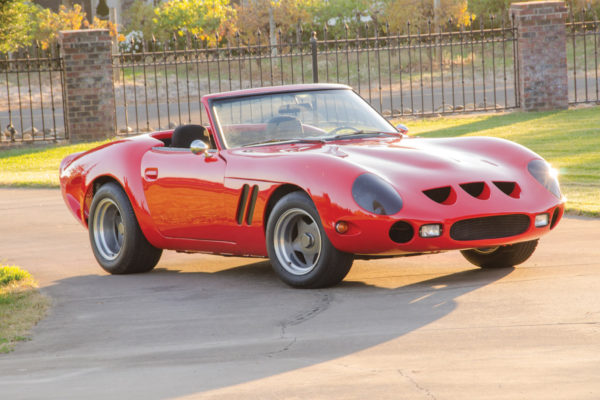
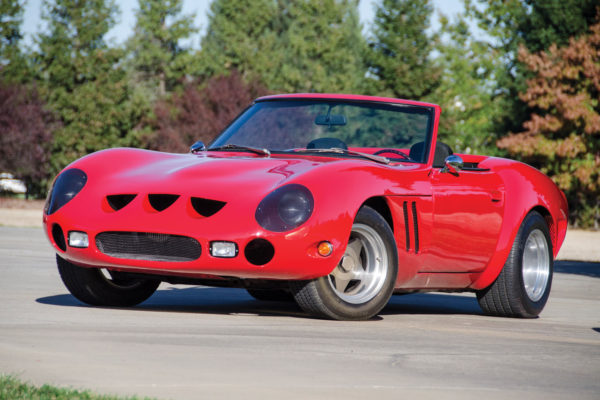
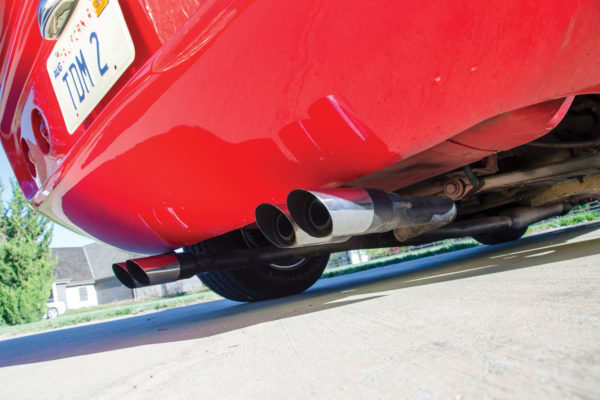
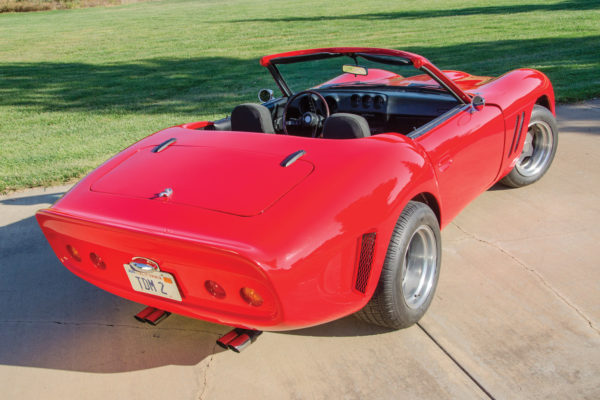
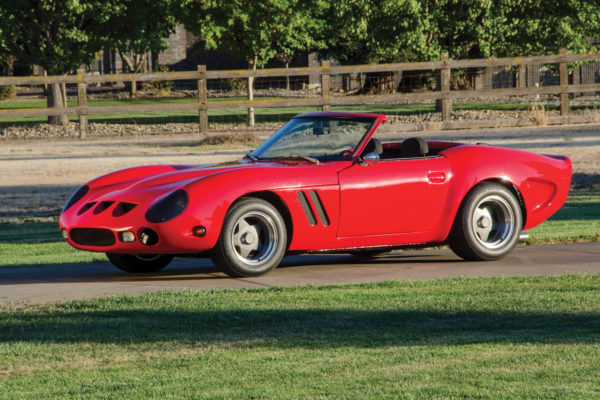
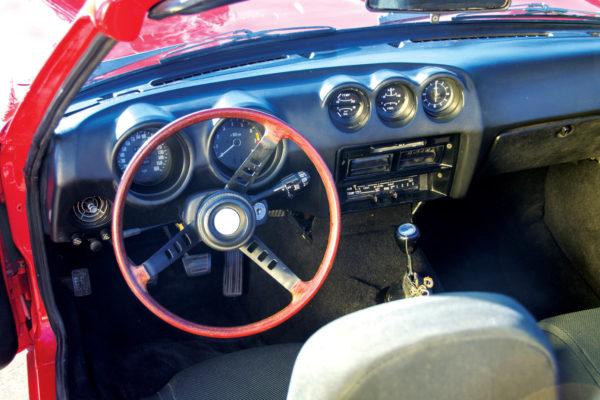
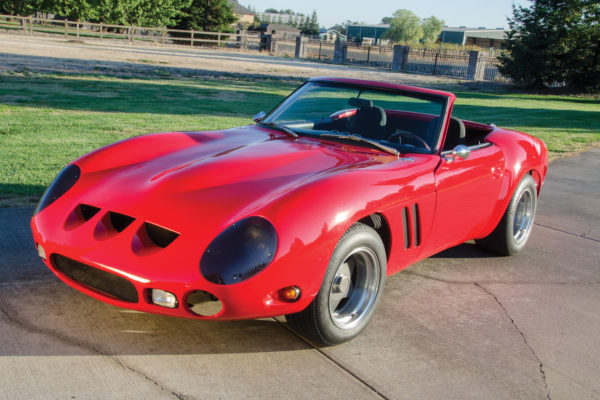
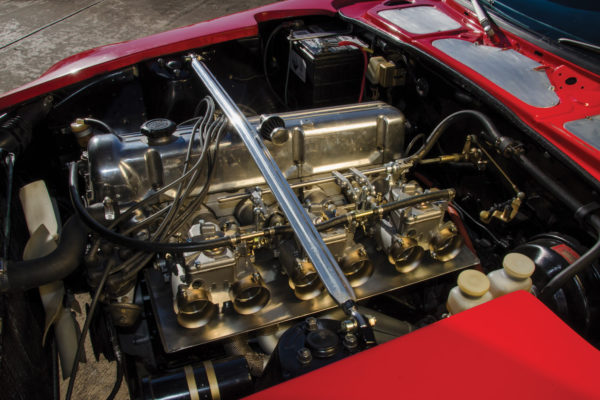
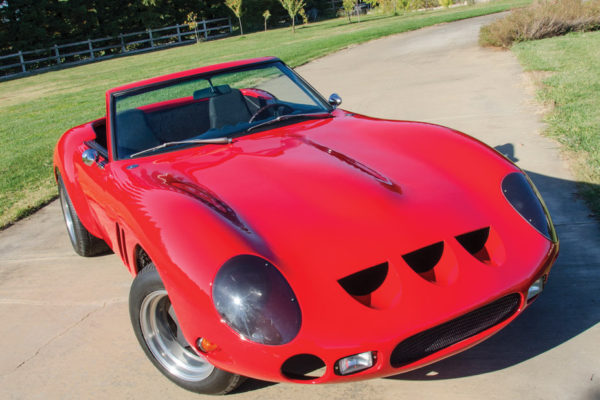
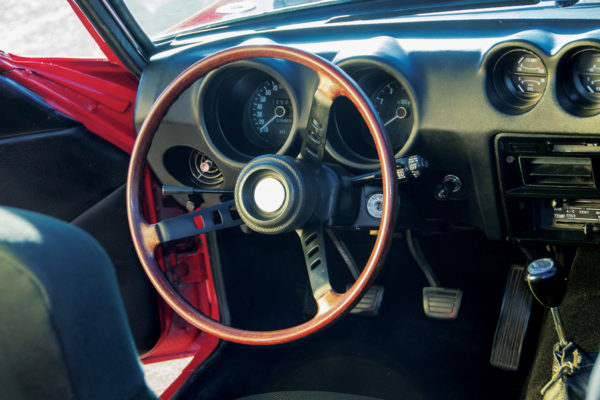
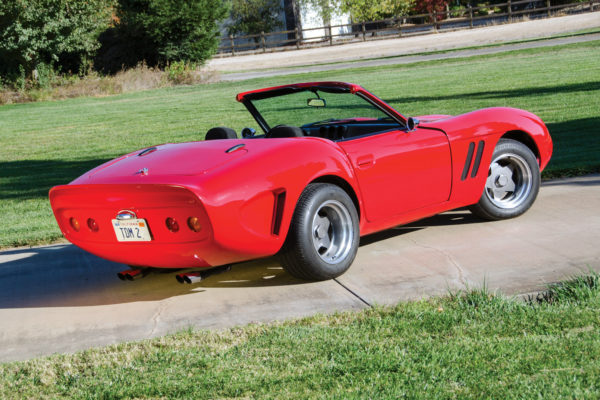
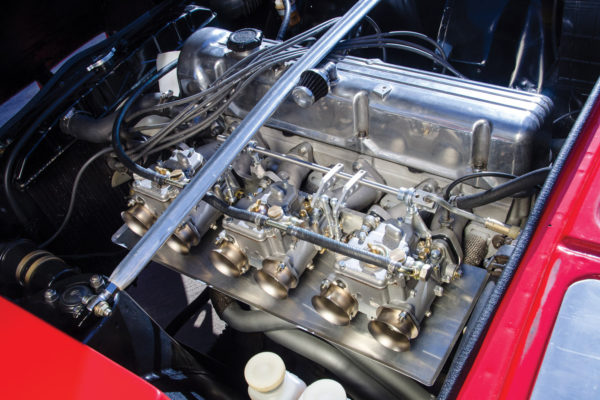
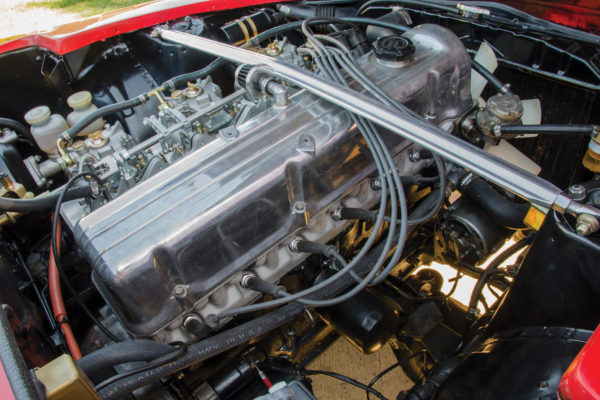
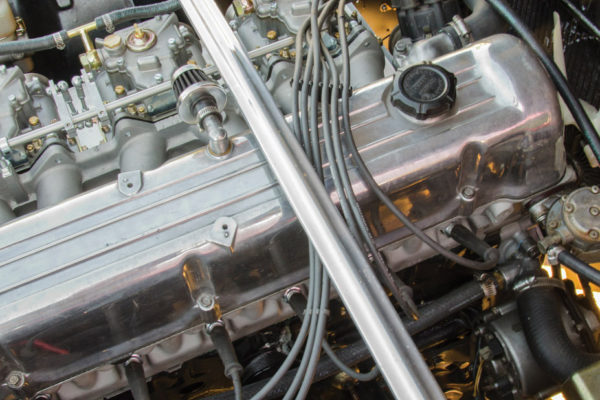
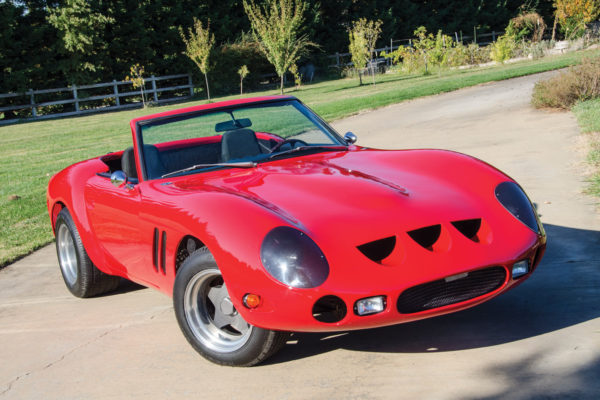
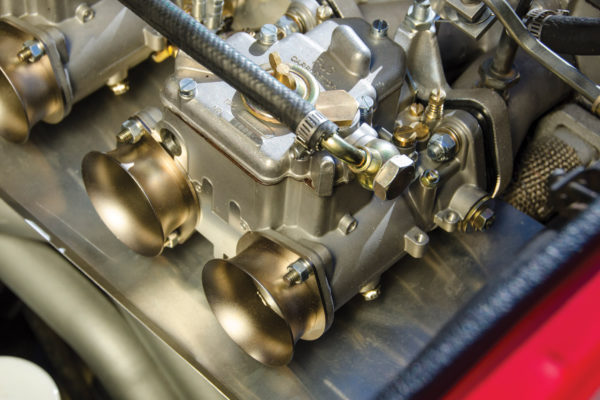
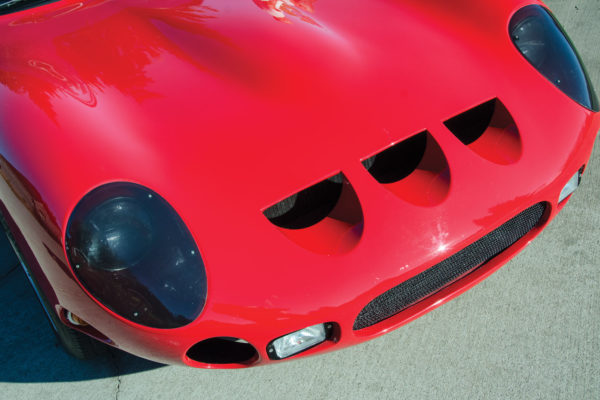
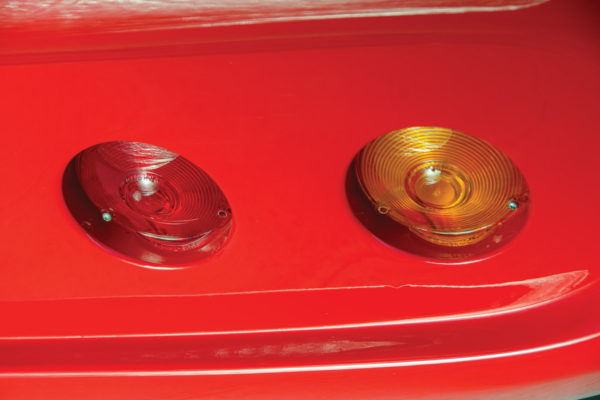
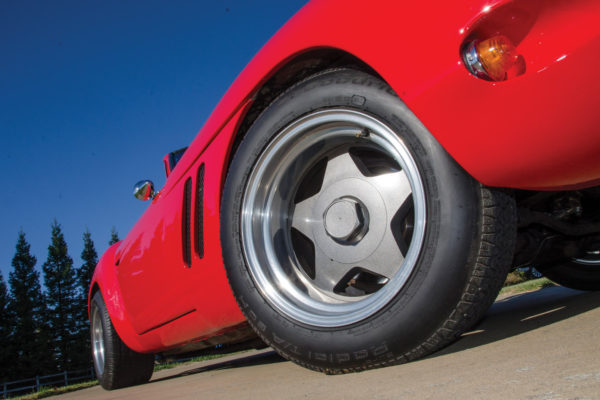
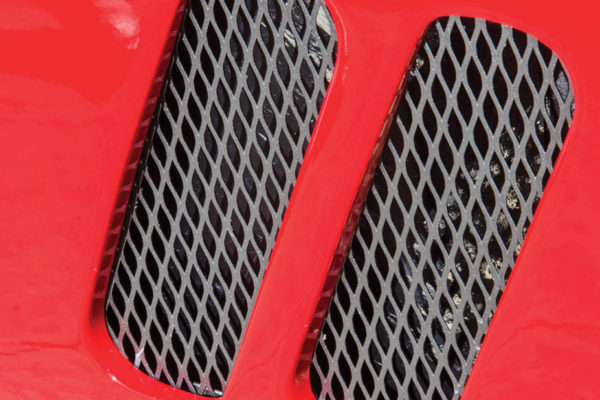
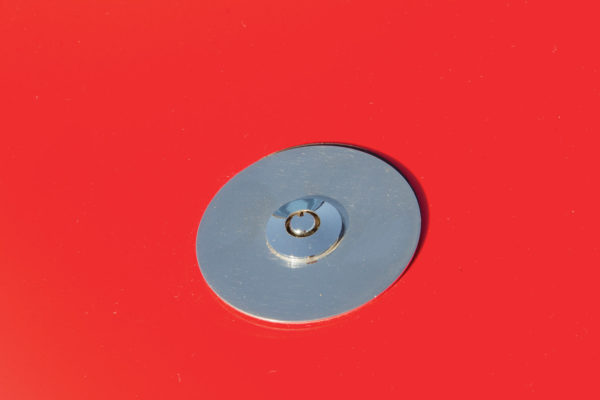




Comments for: Reaction Time
comments powered by Disqus